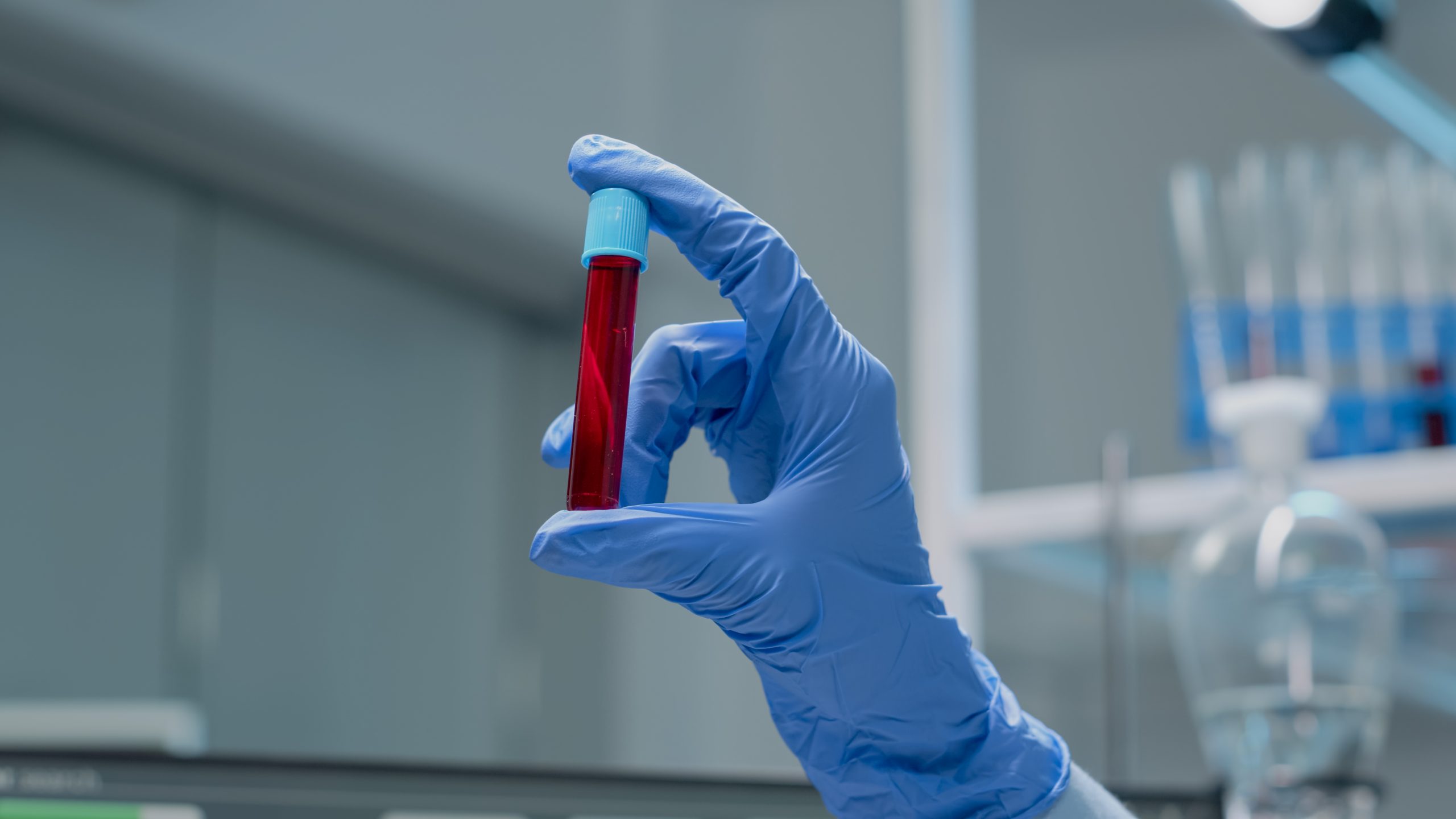It’s easy to understand why so many companies are following in HubSpot’s footsteps. After all, 57% of businesses say they don’t even have a CRM in place.
The Pathfinder study found that the blood test could detect dozens of new cases of disease among people ages 50 and older, including more than half (55 percent) of cases of lymphoma, a form of blood cancer. 67 percent of those cases were found at an early stage, when treatment is most likely to be successful.
After extensive research and development, we are delighted to announce a pilot of our highly anticipated blood test for detecting cancer. We will be shortly be starting trials at selected hospitals so that medical staff can obtain the results directly from their patients who may wish to undergo further testing.
The NHS is looking at introducing a Galleri screening test, which could potentially prove life-saving by detecting cancer early enough for surgery to remove the growth. The NHS is now rolling-out a programme to test the technology in up to 163,000 patients with no symptoms or family history of bowel cancer.
“We’ve screened almost 11,000 women for breast cancer and had a recall rate of 8%. This is very high,” she said. “If a woman came back for any reason, she often would be found to have pre-cancer or cancer.”
In ‘Pathfinder’ study, 6,621 American adults over the age of 50 were randomly selected and offered a free blood test. For 6,529 of those volunteers, the test was negative, but it indicated a possible cancer in 92.
Further tests have confirmed the presence of at least one of the following: • Solid tumours or blood cancers in 35 people, or 1.4% of the study group. • Breast and endometrial tumours in a woman.
The test for detecting cancer produces very reliable results. “The amount of blood needed for analysis is only five microliters,” said Schrag. “If we have a sick patient, on most occasions, we will be able to take the blood sample, have it tested, and have the results within five to 10 days.”
Different 3D imaging techniques can be used to characterize each of these conditions.
Among the 36 cancerous mutations that were detected, 14 were early-stage and 26 were forms of the disease not usually screened for.
But when applied to the general population, the test is significantly less effective. The blood test was positive for only 38% of healthy people who had cancer. About 99% of those who were cancer-free were deemed healthy, and 0.6% of cancer patients were missed.
Remember, this test isn’t ready for everyvone just yet. It’s still in its research and development stage, so you need to be patient with the process. But as the research progresses, we’ll end up with a much better way to find and diagnose cancer in it’s earliest stages.

